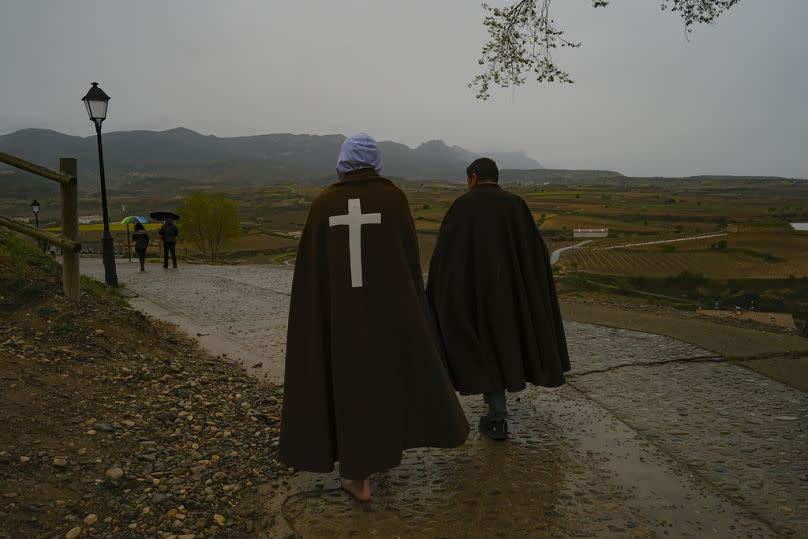Spain on track for hottest first quarter on record: Have heavy rains helped with severe drought?

January, February and March are likely to have been Spain’s warmest first quarter since records began in 1961.
National meteorological agency Aemet said on Tuesday that the average temperature in mainland Spain during the first three months of the year was 9.5C. That is 1.9C higher than the average for this time of year and 0.1C higher than the previous record set in 1997.
Final data is still needed to confirm the record but the meteorological agency has said, as January and February were already very warm months, it believes the first quarter of 2024 was the warmest in history.
Temperatures in some parts of the country reached nearly 30C in January - officially the warmest January Spain has seen since 1961. March was around half a degree warmer than average, mostly due to an “intense episode” of high temperatures between the 14th and 23rd.
The unseasonably warm winter weather has not helped with the severe drought seen in several regions of Spain this winter.
In February, Barcelona declared a drought emergency with strict water restrictions imposed in much of the surrounding area. Reservoirs in Andalusia dropped precariously low through the first two months of the year.
And, after one of the “driest winters in recent history”, Tenerife in the Canary Islands also declared a drought emergency in early March.
Has wet Easter weather helped with drought in Spain?
March was also a very wet month but Spain hasn’t escaped the danger of drought just yet.
Minister for the Ecological Transition Teresa Ribera told reporters on Wednesday, at a breakfast organised by Europa Press, that the recent rainfall was “excellent” news. But, she warned not to “let our guard down” on drought.
Ribera said that there were still some “worrying” areas of Spain including the Mediterranean basins of Andalusia and Catalonia which “continue to be at a low level for the time of year”.
Rainfall during Holy Week and Easter was three times higher than normal for the last seven days of March, according to Aemet. Large parts of southern and central Spain saw 100 litres of precipitation per square metre in a single day. Some Holy Week processions in Seville had to be cancelled due to the inclement weather.

This heavy rainfall from Storm Nelson has boosted reservoirs in Spain to 63.1 per cent of capacity this week - 5.3 per cent more than last week.
It has brought some relief to Andalucia where regional President Juanma Moreno said the level of drought emergency was unlikely to escalate with some rain in the coming months. He added that it “will not be necessary to bring in ships loaded with water”.
Regional authorities, however, are still urging people to be careful and restrictions will remain in place in some areas as they say the lack of water is a “structural problem”.
Will Catalonia remove drought emergency restrictions?
Where there have been very wet days, other parts of the country haven’t benefited as much from the rain. Reservoir levels in Catalonia, which has been suffering under prolonged drought for around three years, haven’t seen significant improvement.
The Ter-Llobregat system which supplies the Barcelona and Girona area saw a marginal increase in reservoir levels up to around 16 to 17 per cent of capacity but they are still significantly below where they were at this time of year in 2023.
More than 200 municipalities in the region, including Barcelona, declared a state of emergency in February after three years of drought. Though it remains to be seen whether any changes will be made to Catalonia’s Special Drought Plan - which includes water restrictions - it seems unlikely unless April is especially wet.
Catalonia's Minister for Climate Action David Mascort told local radio that reservoirs need to reach 27 or 28 per cent for emergency measures to be lifted. Removing restrictions now, he said, wouldn’t make sense as it would mean declaring a state of emergency again in a month and a half.
With summer on the way, these heavy downpours do little to relieve the drought situation in Spain in the long term. The relief of unusually wet weather refilling reservoirs only indicates the severity of the ongoing problem.
Scientists also say that these dramatic shifts from extreme drought to heavy rains are only becoming more common with climate change. Europe is one of seven regions where this trend is getting worse, according to a study published last year.


